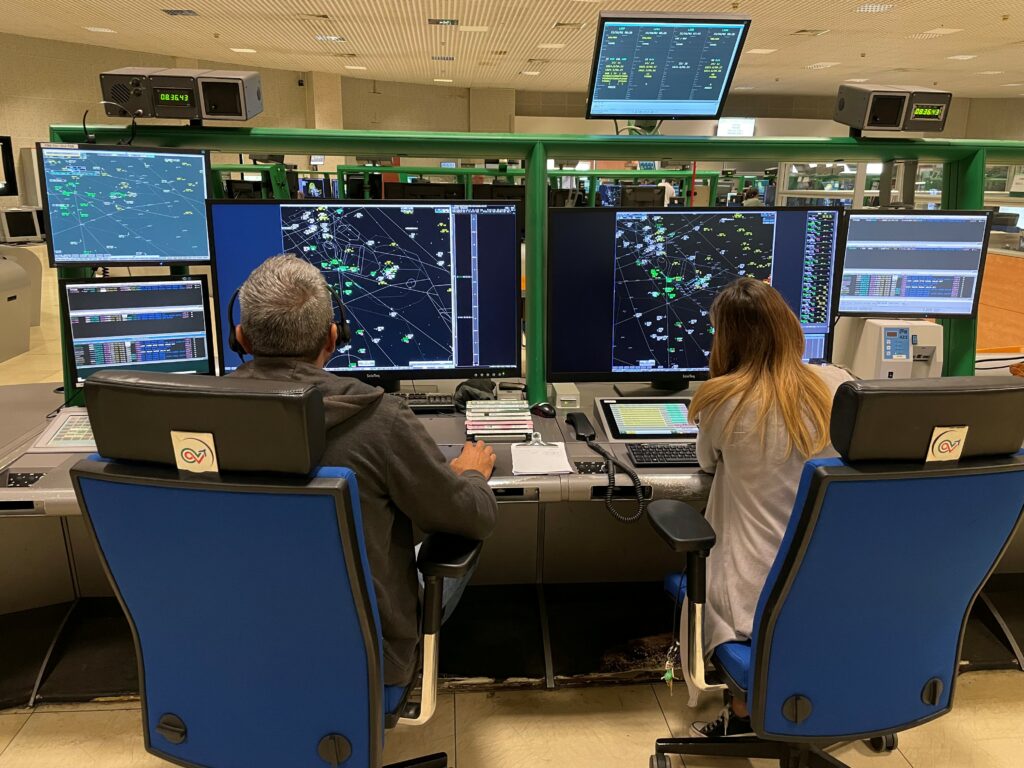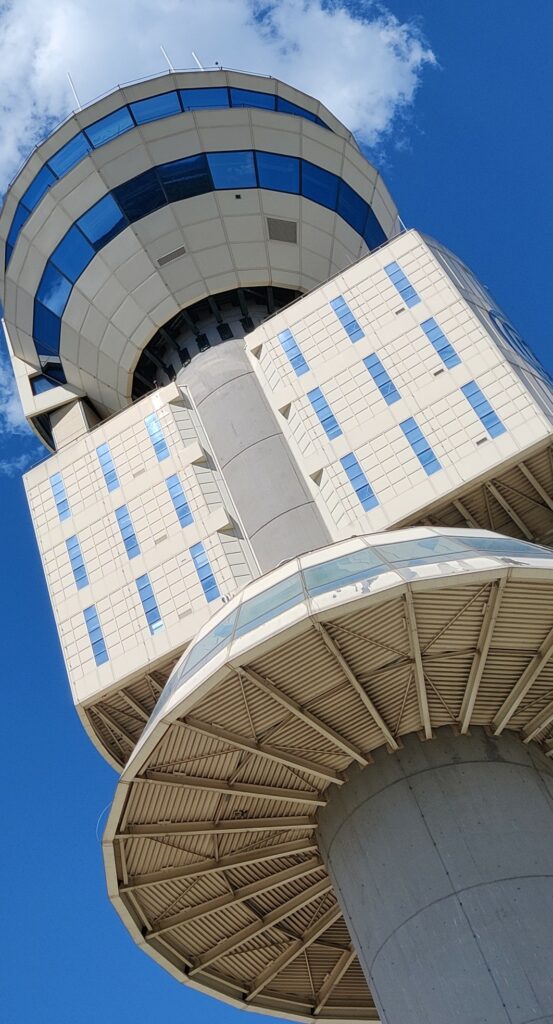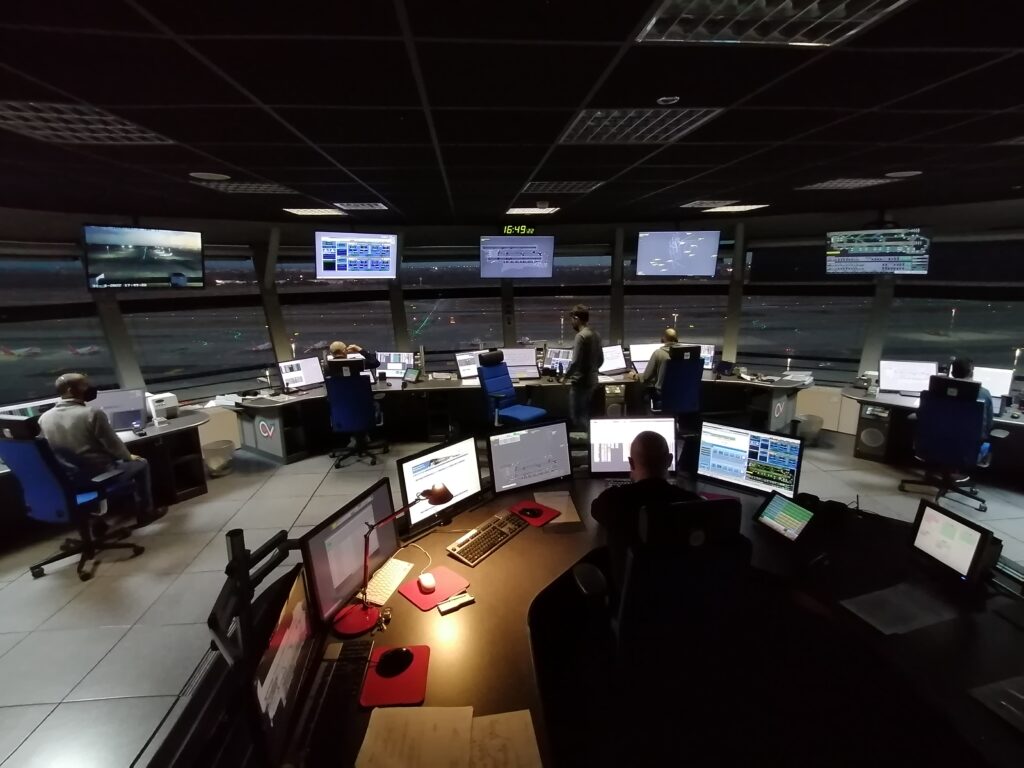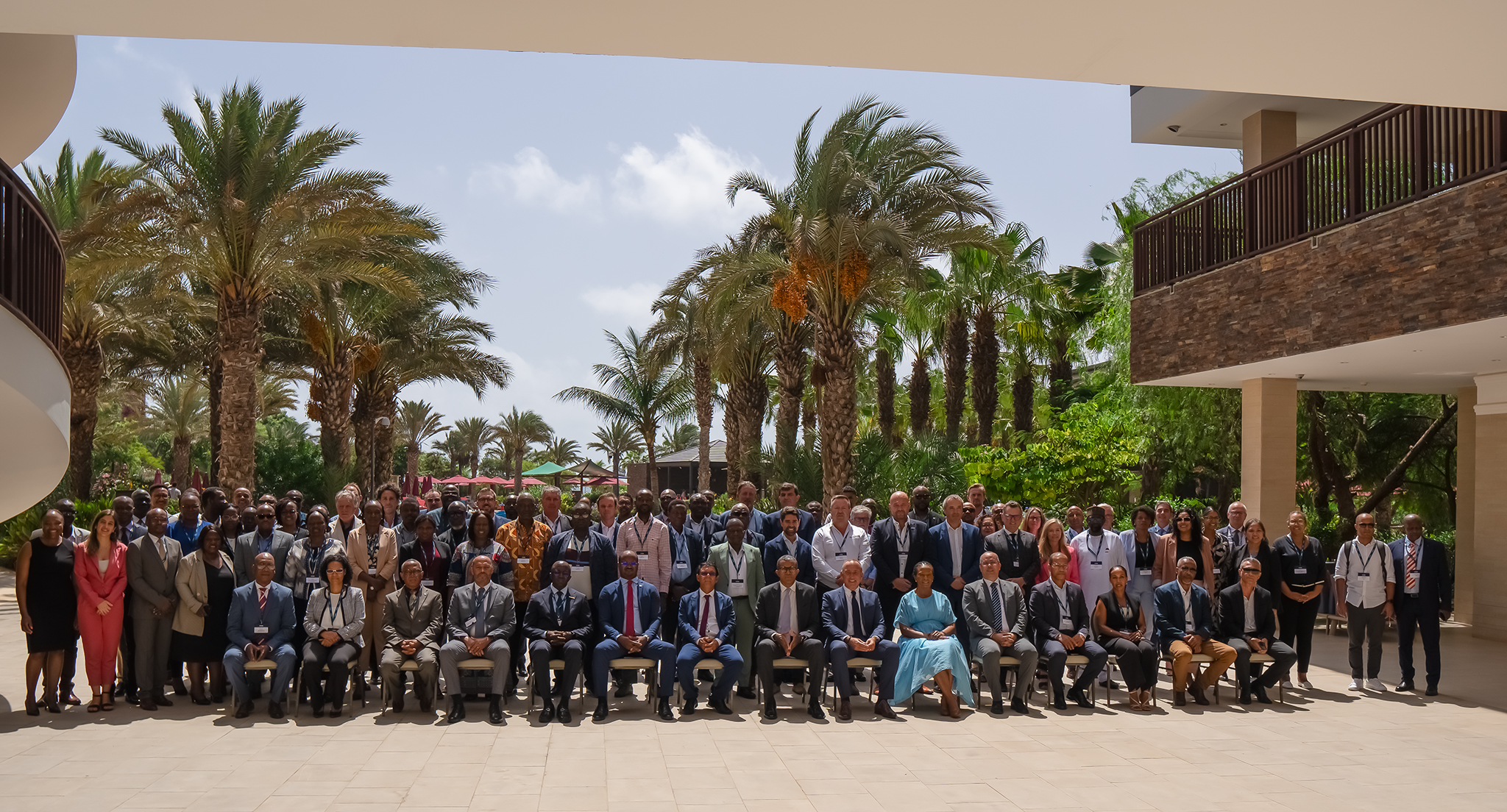Managing summer traffic – ENAV
To learn about how CANSO Europe members are managing the busy summer travel season, Johnny Pring, CANSO’s Manager Europe Policy and Advocacy, has conducted short interviews with some senior managers. In the latest interview of this series, he speaks with Maurizio Paggetti, COO of Italian ANSP ENAV.

What traffic situation do you expect in Italy this summer compared to last summer?
As of today, traffic in Italian airspace is projected to grow by 6.88 per cent. Year to date as of 30 June, the growth is 6.35 per cent.
Is ENAV applying airspace optimisation measures and changes to sector configuration to enable more capacity and/or increase flexibility to respond to traffic fluctuations?
A few years ago ENAV introduced a new airspace organisation. This starts from the original concept of elementary sectors, obtained by subdividing the airspace assigned to each area control centre (ACC) into vertical blocks in order to create a series of bricks that can be combined into different configurations to handle any variation in traffic demand. There were seven such vertical layers until May 2025 (except at Brindisi where the upgrade was put into operation last summer). In June we increased them to eight by introducing a new division flight level – FL355 DFL – in all sectors of Milan, Padua and Rome ACCs to expand flexibility at the altitudes affected by the highest traffic density. The new vertical division is as follows:
- Layer 1 – MEL-FL285
- Layer 2 – FL285-FL305
- Layer 3 – FL305-FL335
- Layer 4 – FL335-FL345
- Layer 5 (new)- FL345-FL355
- Layer 6 (new) – FL355-FL365
- Layer 7 – FL365-FL375
- Layer 8 – FL 375-FL66
In addition we have introduced:
- New Unit Ratings in Rome ACC to allow increased sector combinations and configurations
- New Unit Ratings in Milan ACC to ensure more vertical flexibility, enabling more streamlined training processes.
- Agreements with unions to implement incentives for consistent attendance and performance-based rewards linked to the attainment of the predetermined delay targets.
- ATCO mobility and duty availability (Milan ACC 25 ATCOs versus 2024, Padua ACC 26 ATCOs versus 2024, Rome ACC 9 ATCOs versus 2024)

Has ENAV implemented any new ATM system functionalities or technology innovations that will help accommodate more traffic? If so, do you expect that they will already bring benefits this summer, or only in coming years?
We have implemented a new version of the software to reduce ATCO workload in case of traffic flows that impact the same ACC twice and to prevent the recurrence of uplink message duplication when using ATCO-pilot Data-Link communications in Rome ACC (it will be deployed into remaining ACCs in the coming months).
ENAV is also working on deployment of the new CoFlight/4Flight new-generation air-traffic control system, which provides more accurate forecasts of 4D flight trajectories and enables optimised air routes. This will be in place starting with Rome ACC by January 2027 (start of transition phase).
What measures is ENAV taking to ensure you will have enough staff available to deal with the expected traffic?
We are deploying additional ATCOs with more duty flexibility.
How is ENAV working with the Network Manager (NM), airlines and airports to prepare for the summer?
We have launched an awareness campaign targeting the operational representatives of the airlines to encourage greater consistency and adherence to flight plans (FPL) with the aim of facilitating Air Traffic Flow and Capacity Management (ATFCM) operations and the objective of significantly minimising the occurrence of intruder flights. At the same time, together with the NM we are part of the Capacity and Weather Based Operations procedure, aimed at minimising the impact of bad weather on capacity across the network.
Is ENAV undertaking any other measures to deal with summer traffic?
The increased staffing compared to summer 2024, in addition to the scheduling flexibility ensured by the recent agreements with Unions, allows for a reduced need to implement regulations, ensuring the activation of more sectors, notably during the core hours of the day (10:00–18:00).

How will ENAV continue to ensure a high level of safety during busy summer periods?
The transition from seven to eight vertical layers will allow:
- Reduction of unexpected overloads
- More sector configuration solutions to improve flexibility and effective reaction to traffic flow variations
- More flexibility to manage bad weather situations
- More solutions to manage intruders
- At network level, more solutions to ensure capability to handle traffic flows moved from congested areas
How is ENAV planning to provide more capacity in future summer travel periods?
ENAV has many projects planned for the near future, including most notably:
- Remote Tower Control Centre (RTCC) Brindisi will be in place by 2025 starting with Brindisi, Grottaglie, Crotone and Comiso, and reaching 13 airports by 2029.The establishment of an RTCC will ensure the availability of Air Traffic Control Services on a 24/7 basis, and the resulting expected personnel flexibility will allow for the deployment of a smaller number of multi-ratings resources.
- RTCC Padua will be in place by 2026 ending in 2031 with the acquisition of a total of 13 Remote TWRs.
- Firenze and Palermo Approach (APP) Service will be relocated in Rome ACC by 2026
- Genova APP Service will be relocated in Milan ACC by 2026
- Bologna APP Service will be relocated in Padua ACC by 2026
- Brindisi ACC will be fully absorbed by Rome ACC by 2027
- Padua ACC will be fully absorbed by Milan ACC by 2030
- New CoFlight/4Flight System deployment is ongoing and will be in place in all ACCs, starting from Rome ACC, by January 2027 with the start of the transition phase.
All of these aim to increase capacity in order to meet traffic demand, while ensuring safety levels that are equal to or higher than current standards.




